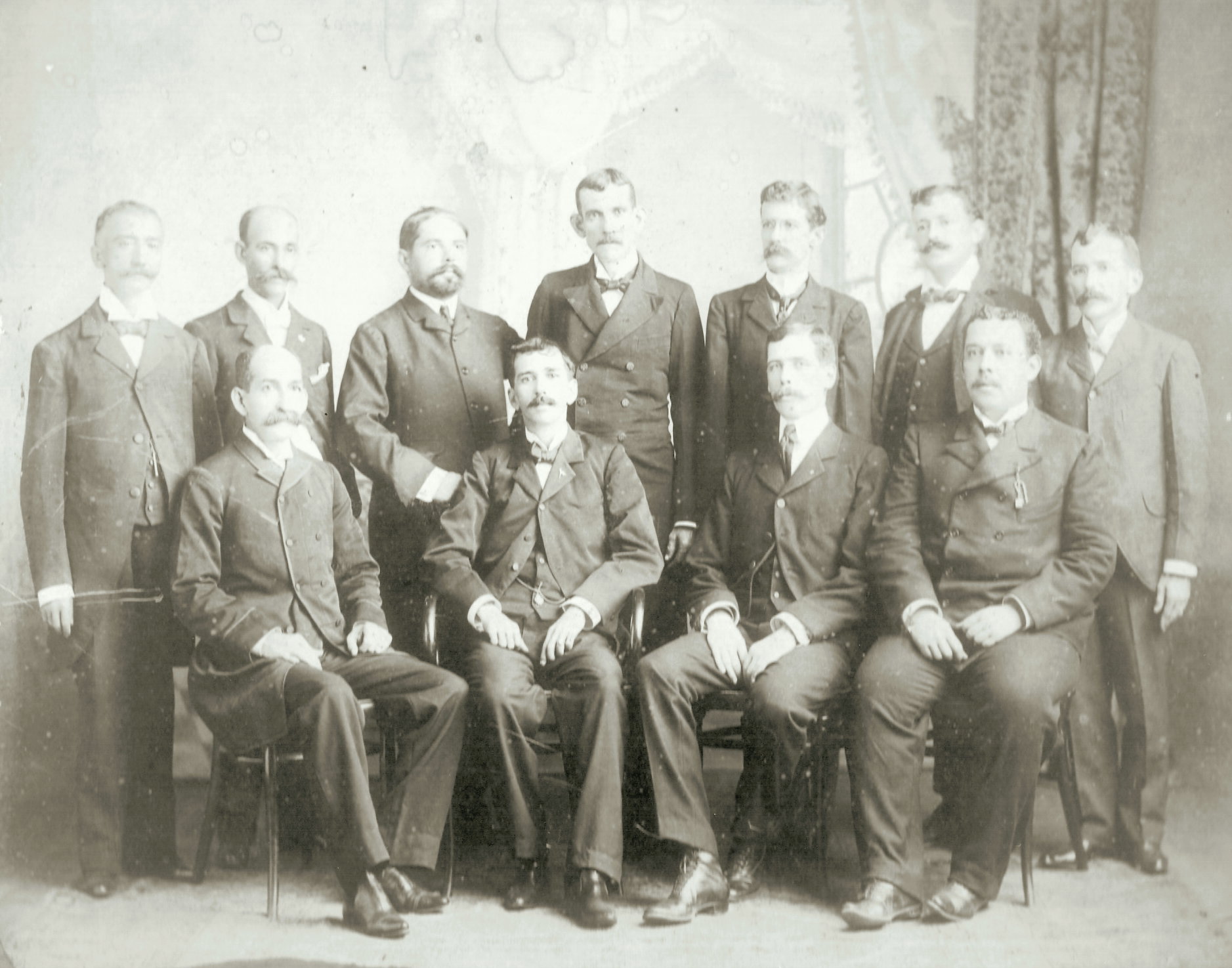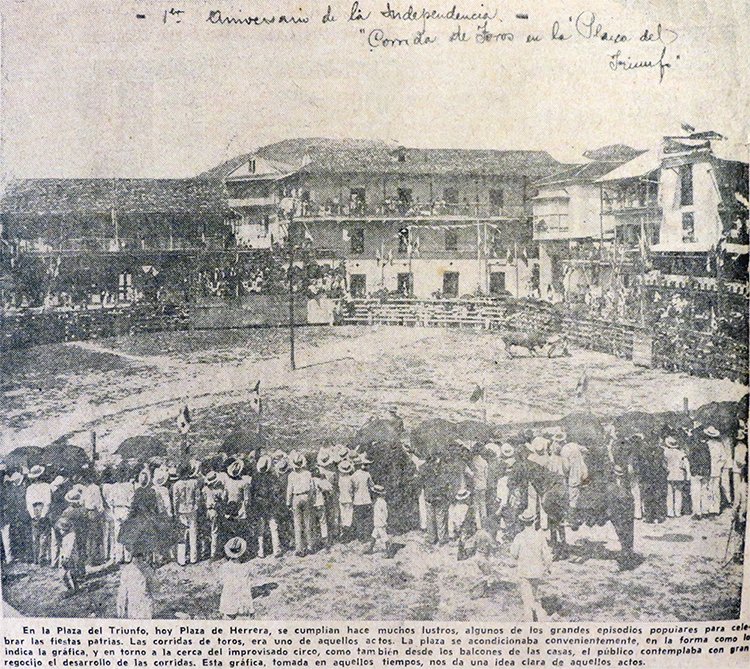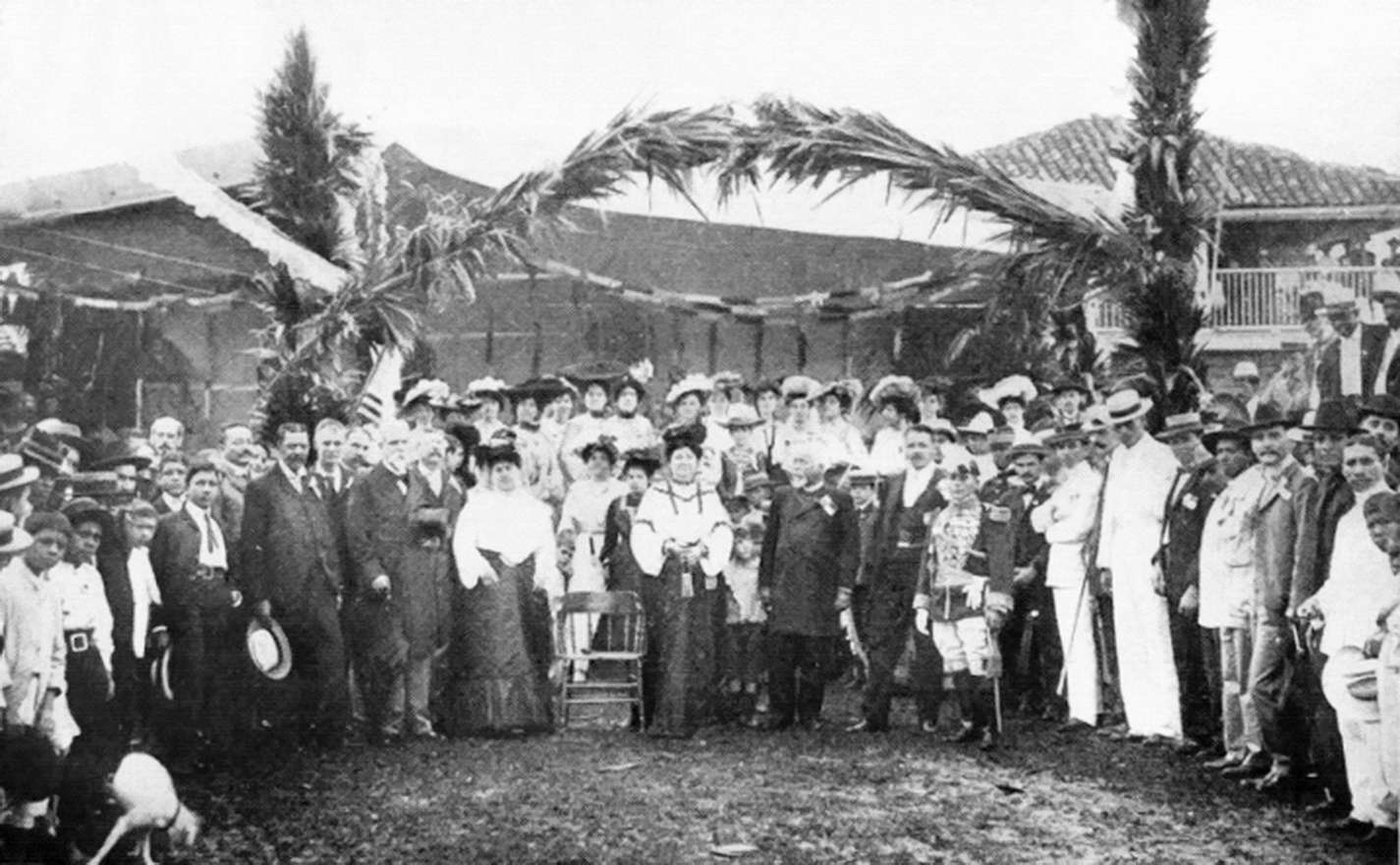The history of Panama during the 19th century is deeply tied to its relationship with la Gran Colombia, a political project born from the dream of the Liberator Simon Bolivar. However, what began as a voluntary union based on ideals of freedom and cooperation eventually became a relationship marked by neglect, tensions, and a desire for autonomy, ultimately culminating in the separation in 1903 and the birth of the Republic of Panama.

The Union with Gran Colombia
After declaring its independence from Spain on November 28, 1821, Panama decided to join la Gran Colombia, along with the territories that today comprise Colombia, Venezuela, and Ecuador. The decision was made in a context of regional instability and with the hope that the new union would guarantee security, prosperity, and a shared identity among the young republics. However, reality soon revealed a different scenario.
A Secondary Role within the New State
Political and administrative control was exercised from Bogota, with little regard for the needs of the isthmus. The long distances, the absence of communication routes, and the lack of effective representation in national decisions relegated Panama to a secondary role within the new state. Trade, the isthmus’s main source of livelihood, was affected by centralist policies that did little to benefit the population.

Independence Movements
Throughout the 19th century, Panama was the scene of continuous conflicts and separatist uprisings. Between 1821 and 1903, more than a dozen independence uprisings were recorded, all driven by frustration over Colombia’s abandonment and political crises. One of the most memorable was that of 1840, when General Tomas Herrera proclaimed the short-lived “Isthmus State”, an attempt at sovereignty that lasted less than a year.
The Rejection of the Canal Project
Meanwhile, Panama’s geographical position continued to attract international interest. In 1846, the Mallarino-Bidlack Treaty with the United States allowed free transit through the isthmus, strengthening the North American presence. Decades later, the construction of the interoceanic canal became the central issue. France attempted to do so in the 1880s, but failed. When the United States sought to resume the project at the beginning of the 20th century, the Colombian Senate rejected the Herran-Hay Treaty, which would have authorized the project.

Separation Driven by the Construction of the Panama Canal
The breaking point for Panama was with the rejection of the treaty between the United States and Colombia. The Panamanian elite, convinced that the progress of the isthmus depended on the construction of the canal, found at that moment the definitive impetus to secede. With the tacit support of the United States, Panama’s independence was proclaimed on November 3, 1903, without bloodshed. A milestone in the separatist movements of Latin America. With this event, the new Republic of Panama was born with its own destiny and a strategic position that would soon make it a key hub for global trade and politics.


